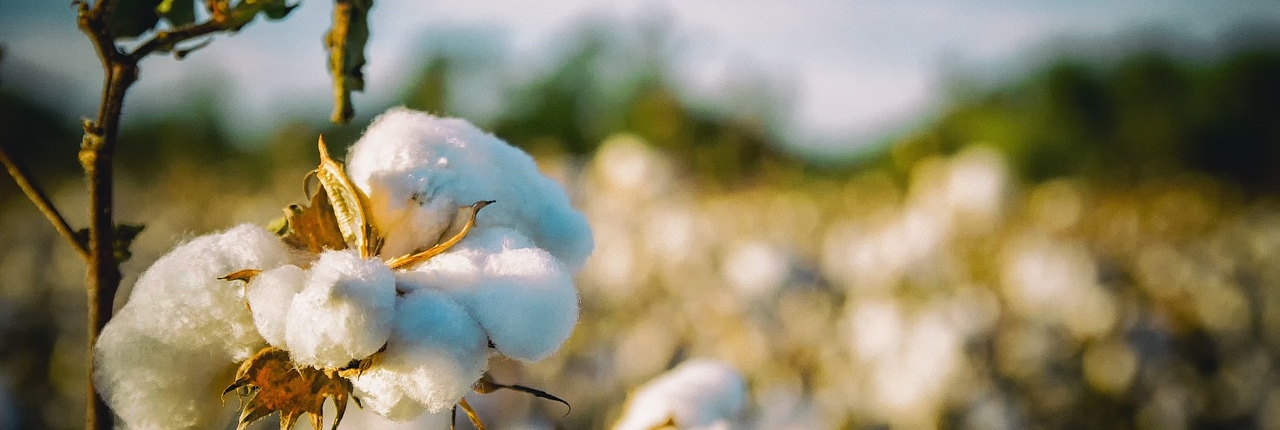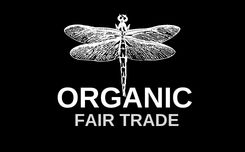What is organic cotton and why do we use it for our t-shirts
When I talk about my project of eco-friendly t-shirts and clothes, people often ask me, “But what exactly does organic cotton mean? ” or “what do you mean by eco-fashion?”… I realize, from these conversations, how often we are disconnected from the realities of the textile world.
Why do we need organic cotton
First of all, why the need for organic cotton? Simply because about 2.5% of the world’s arable land is devoted to cotton production, while this same cotton culture consumes about 15 to 20% of the world’s pesticides. Plop!
Pesticides on tomato fields (a conventional crop that probably isn’t even grown in a “real field” anymore) is not what we could call nice. But cotton, for an equivalent surface area, needs about 10 times more chemicals . Add to this the fertilizers, the tremendous consumption of water, impoverishment of the soil, chemical treatments of the fiber and the fabric… All this makes of think on why it is imperative to rethink the way we produce cotton.
Organic Cotton Versus Conventional Cotton
But there are solutions. Known, mastered and applicable solutions that allow us to address the pollution problems of cotton growing and textile production.
What is cotton
First of all, it is important to know that cotton comes from the cotton plant, a small plant that produces seeds. The seeds are surrounded by a vegetable fibre called “cotton”. It is this fibre that is transformed into yarn and then woven. Cotton, mostly produced in Asia, is the most important natural fibre. It accounts for more than half of the world’s textile fibre consumption. Cotton is therefore widely used, yet its production is one of the most polluting.
Organic cotton
Given the overly polluting nature and high demand for this cotton production, an alternative was born, organic cotton. Organic cotton is grown organically with natural compost to replace chemical fertilizers and pesticides. It is GMO-free and the water consumption necessary for its cultivation is very much reduced compared to conventional cotton.
Organic t-shirts and eco-clothing
To give you an example, an organic cotton t-shirt requires 100 litres of water, compared to 2500 for a conventional cotton t-shirt. The production of an organic cotton t-shirt is therefore much less water intensive, as it uses much less chemicals. In particular, chlorine and chemical brighteners are banned when bleaching cotton. The latter is done with hydrogen peroxide, which is much less harmful to the planet and to our skin.
Several labels
How can you tell the difference between traditional and organic cotton?
In order to be able to recognize organic cotton and not be fooled, labels have been created:
Oeko Tex Standard 100: guarantees you to have a textile where the absence of harmful substances is required. It also guarantees the absence of so-called “undesirable” substances such as heavy metals, allergens or pesticides.
OCS blended: allows you to control the integrity and traceability of raw materials throughout the production chain. It is dedicated to all textiles designed with a minimum of 5% organic raw materials mixed with conventionally related or synthetic raw materials.
OCS 100 : Contrary to the OCS Blended label which contains 5% organic raw materials, OCS 100 certified textiles contain 95 to 100% organic raw materials.
GOTS : this label was created in 2006. It is the main label guaranteeing organic cotton. It is recognizable by a white t-shirt on a green background. The label prohibits all toxic substances present in the manufacture or printing of the textile. It goes further in the certification by imposing the respect of decent working conditions.
Better Cotton Initiative: beware, has no possibility to control traceability, working conditions and toxic substances used.
Is the organic cotton industry environmentally friendly?
Organic cotton is good, it’s better for us, for our planet. However, it is important to know that “organic” certification only concerns the cotton growing stage. Indeed, once the cotton is harvested, most of the time it goes to the same processing centers as other conventional textiles. There it will undergo the same treatments and sometimes the same colouring! Moreover, being produced mainly in Asia, it will travel a lot to arrive on our shelves in Europe. Unfortunately, we can’t really say that the production of organic cotton is completely eco-responsible.
Finally, what about organic cotton?
Traditional cotton production is gradually disappearing to make way for a more natural and environmentally friendly production. It is true that this type of culture respects the natural balance between the different animal populations. Also, by consuming organic cotton, consumers do promote employment and respect for the workers on the production sites.
Organic cotton occupies an increasingly important place in the world of fashion and textiles. For several years now we have noticed that conscious consumers are paying more and more attention to their consumption, and we, at Broken Diva, wish to act to make the world a little better, and to respond to this demand by launching an organic cotton collection.






